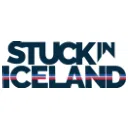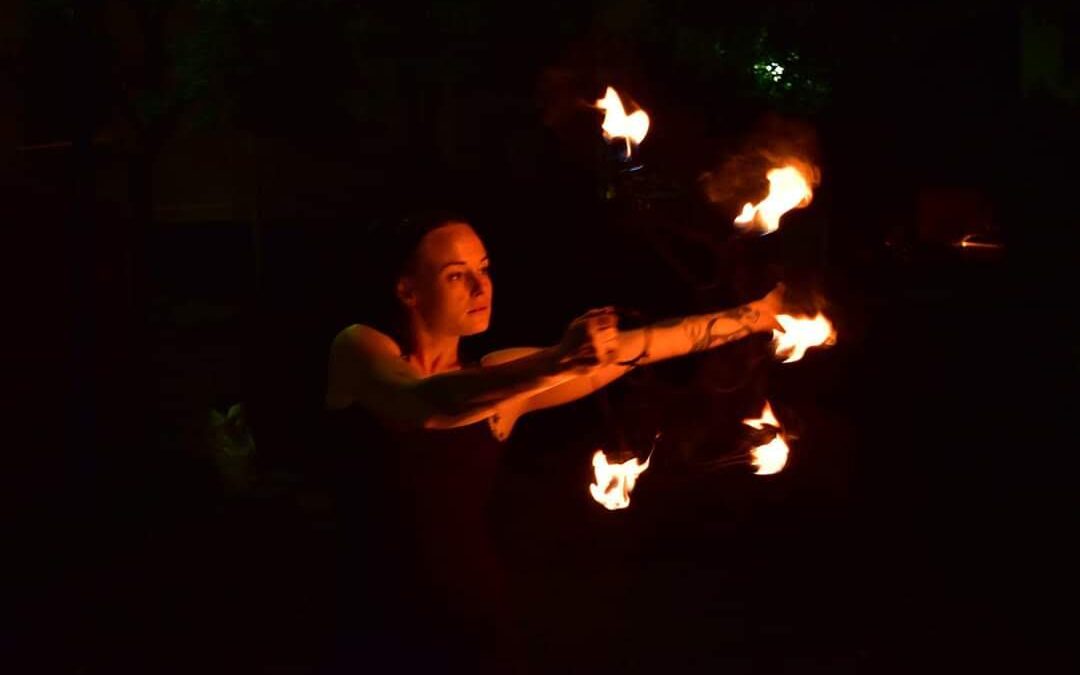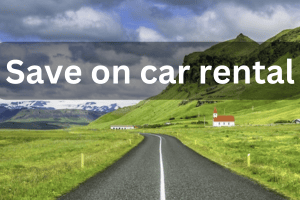Free and exclusive discount codes for hundreds of tours and & travel services in Iceland
Subscribe to instantly receive discount codes for tours, car rental, camper van rental, and outdoor clothing rental. Thank you! ❤️ Jon Heidar, Editor of Stuck in Iceland Travel MagazineThere is a small group of local travel guides in Iceland who excel at providing their guests with a unique perspective on the country’s beautiful nature, culture, and history. One of these guides is Unnur Máney Bergsveinsdóttir.
She is a celebrity in Iceland for her exploits as a circus performer and teacher. Her exploits with hula-hoops are legendary, and she is known for her fire performances. Her stage name is Húlladúllan. That translates to English as ‘Tiny Hooper.’ This refers to her being on the shorter side in a country of generally tall people.
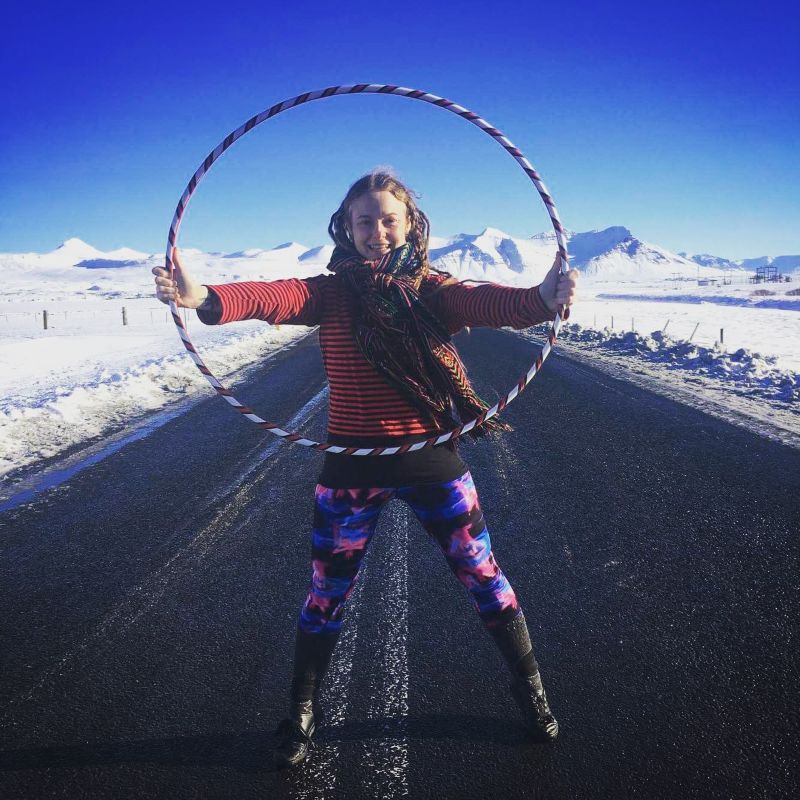
Unnur María shines a light on the legendary Icelandic punk scene
Unnur María Máney is also a historian who specializes in modern Icelandic history. My wife and I once joined her on a history walk dedicated to the Icelandic punk scene. It had its heyday in the early eighties. Iceland was a little late in adopting punk culture). Unnur María Máney led us through the streets of downtown Reykjavik, showed places linked to punk, and told us stories from the era. Her key insight was that Icelandic urban youth finally found a way to express their identity through punk. Consider this in the context of Iceland not having any towns until the beginning of the twentieth century.
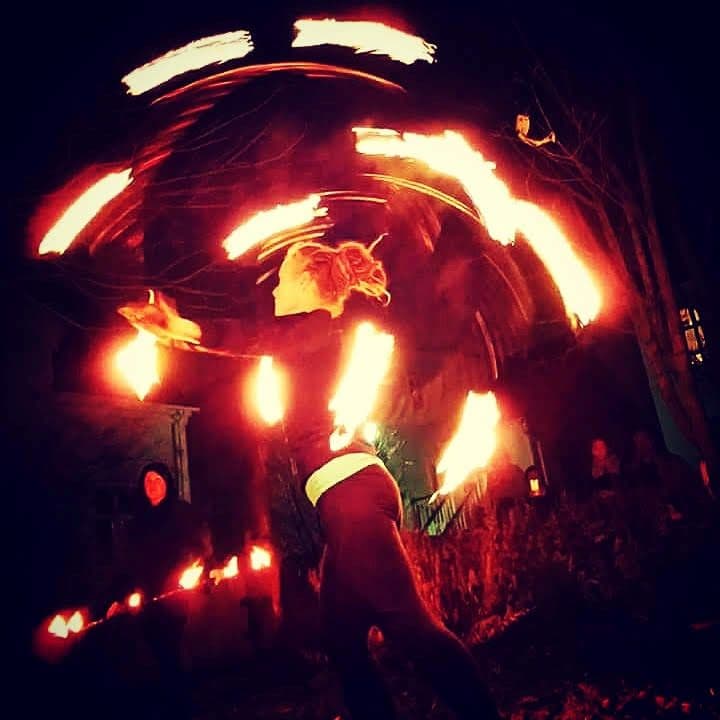
Saying no to nostalgia
The nation’s identity was heavily tied in with romantic ideals of life in the countryside as the true and ideal way of life while the urban pockets were considered places of vice and moral decay. So in Iceland, punk was not only about rebelling against consumerism, unemployment, capitalism, bloated prog-rock, ‘the establishment,’ the Cold War, or disco. It was the first time Icelandic urban youth could define itself in its terms.
Hard at work showing off Iceland
Like all other independent guides, Unnur María Máney works very hard. She takes her guests thousands of kilometers in just a few days. These trips are challenging enough in the summer, but Unnur Maria is undaunted by long winter trips on icy roads and in all kinds of weather. I am sure I would not have the stamina for that, but these Icelandic local guides are a special breed. I live vicariously through her Facebook posts, where she shows beautiful pictures of her travels with her guests. The hashtag #officeoftheday accompanies her beautiful photos, which makes this desk-bound guy very jealous!
Unnur María Máney has traveled around the world as a circus performer, but now she lives in the northern town of Ólafsfjörður. She does not restrict herself to being a performer, a guide, or a historian; she was a candidate for the Icelandic Socialist Party in Iceland’s November elections.
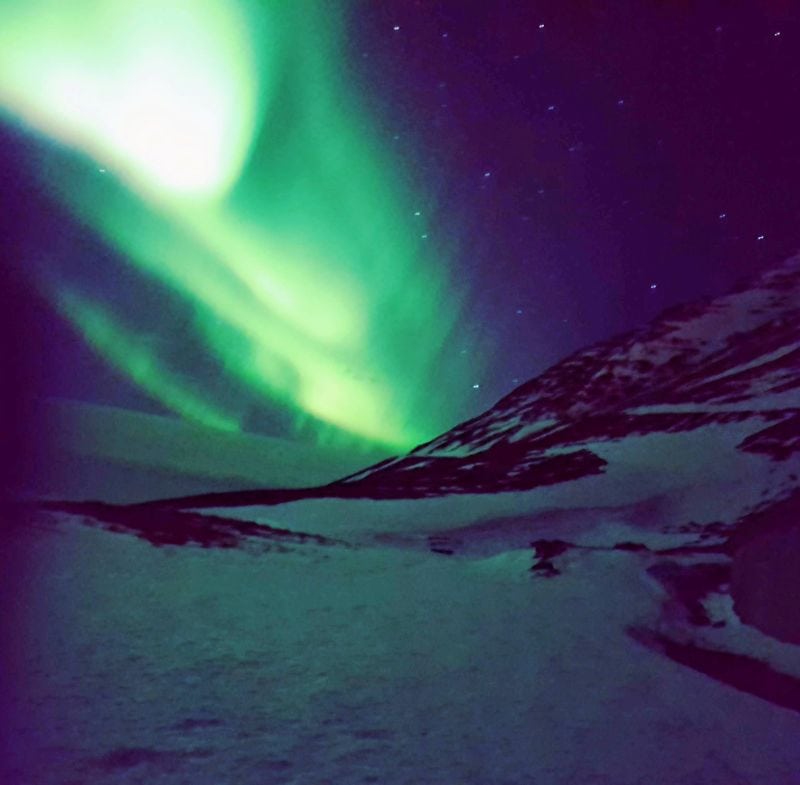
Hello, Unnur Máney; thank you for taking the time for the interview and sharing your travels on social media for this desk jockey. What inspired you to become a guide?
I think it’s simply my love for my country, its nature, folklore, and history. Since I was a small nerdy kid, I’ve loved reading Icelandic folklore and history. We are incredibly blessed to live on this fantastical island that’s so alive, still erupting and changing. I didn’t plan to become a guide, it sort of just happened. I started running the Reykjavík Punk Walk in 2012, and in 2018, I became a northern light guide. Today I guide day tours in various parts of Iceland and also take on longer projects tailored to specific groups. I recently started to work with a travelling agency in Macedonia and am looking greatly forward to meeting the next group of Macedonians in April.
How do you manage the diverse aspects of your career—performing, guiding, and political involvement—and what challenges have you encountered along the way?
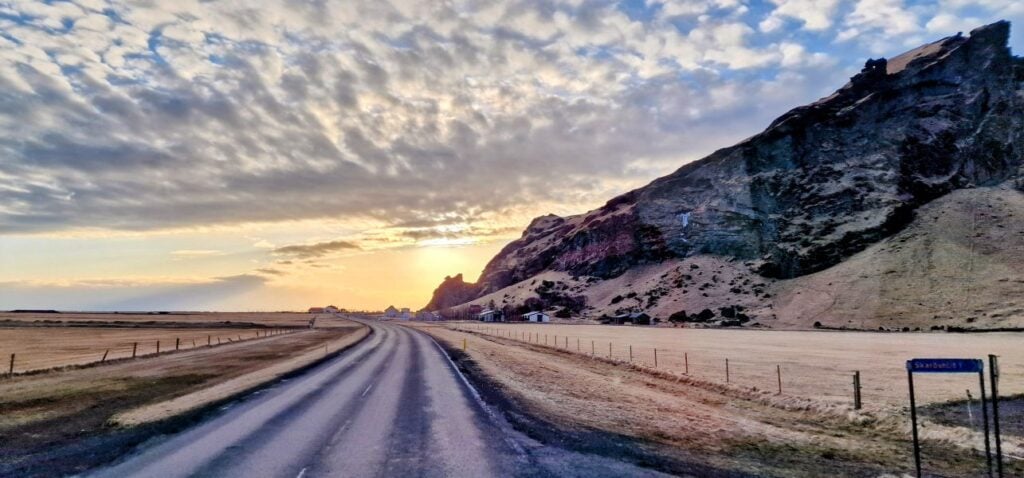
My secret is planning, planning, planning… with a healthy dose of þetta reddast! But the truth is that although I am juggling many balls at the same time, these diverse aspects are surprisingly interconnected. I am a storyteller at heart, and I weave my stories with different tools depending on whether I am guiding, writing, or using the tools of the circus arts to tell my stories. I feel like my activities nurture each other
My main challenge is the limited number of hours we have in one day. And, of course, in winter, I must tailor my schedule and plans around what the winter storms and daylight allow. But the biggest challenge, I must say, was to take the jump to go 100% freelance as a creative over a decade ago. I’m not gonna say that it’s an easy road, but for someone with my mentality and need for creative freedom, it has been a game changer for me. Building my brand as an independent creative has been hard work, but today, I am reaping the benefits and fun that has sprung from that effort.
Tell me about your experience running for parliament in the recent Icelandic elections
Well, this time around I actually was not as involved as before, both due to a very busy schedule and to the fact that these last elections came up rather suddenly. I have been involved in politics since my early adulthood, first as an activist fighting for our nature, human rights, and peace and later within the more formal channels of left-wing politics, first with Alþýðufylkingin and then Sósíalistaflokkurinn. The solidarity of a shared vision is both inspiring and comforting. The world can seem bleak when one has to fight it alone; the gathering of kindred spirits brings strength, joy, and hope.
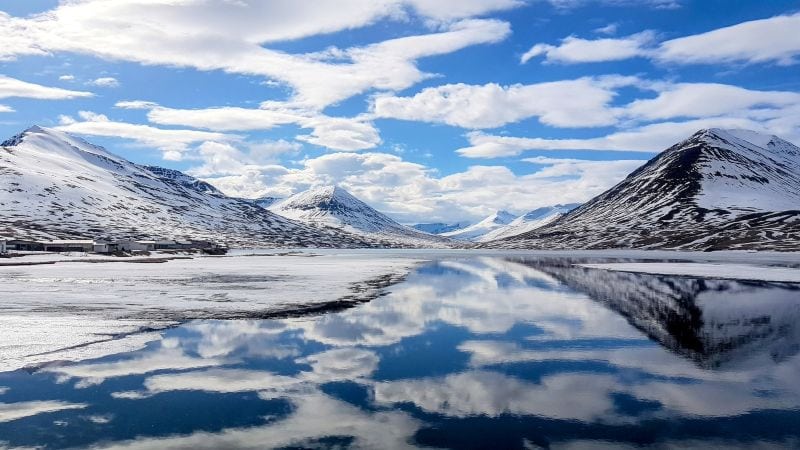
What drew you to research the history of Iceland’s punk movement, and what do you find most compelling about this era?
I’ve always been fascinated by subcultures, their formations, and their dynamics, especially when it comes to the outcast ones. I am also particularly fascinated by this particular point in time in Iceland’s history. These were the days when air travel and holidays abroad were just starting to become an affordable luxury for Icelanders. Furthermore, the choice of imported products was growing. When it came to things that were outside of the popular realm, Icelandic youth still faced a real struggle. This applied to punk music. Reykjavík youth could read about punk in foreign music magazines. However, it was hard to find in the local record stores.
Punk was a late bloomer in Iceland
Punk took its time to make its way to Iceland’s black shores. When it did, it did with a bang. I wanted to learn how Icelandic youth went from reading about this scandalous thing called punk to making punk into a living and thriving culture in Iceland. The DIY side of the Icelandic punk scene was, by necessity, very vibrant. The smallness of the scene and its experimental nature resulted in creative collaborations and music that was unique to the Icelandic scene. The latter is the foundation upon which today’s successful music scene is built.
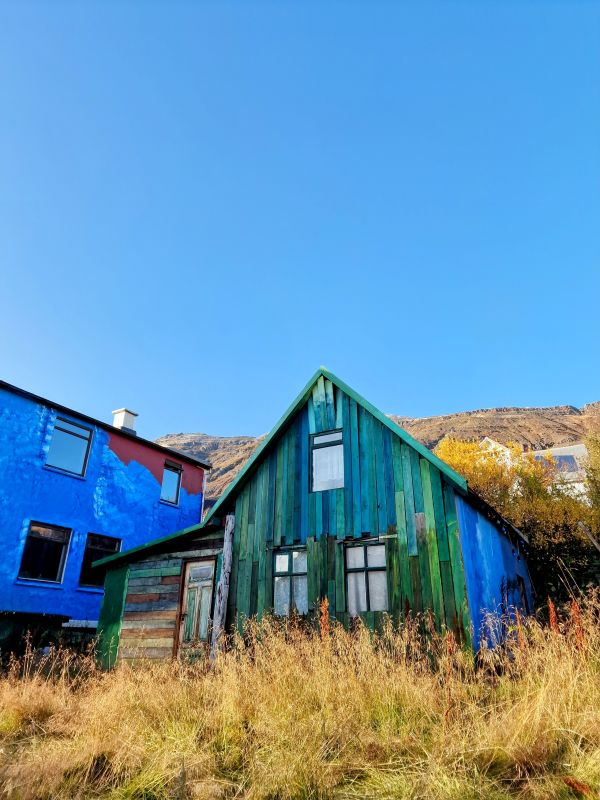
What are the principal things your guests are most impressed about when they visit Iceland?
The big ones are the aurora, the glaciers, our numerous waterfalls and of course our black sand beaches. But each visitor is different and I love getting to hear about the different things that catch their eye. It’s a privilege to get to see Iceland through their eyes and the questions they ask. Last summer, a guest pointed out to me how astonished he was by Gullfoss. He had only seen waterfalls falling down from a mountain or a cliff, which you can approach by walking towards. Gullfoss, however, totally caught him by surprise. This huge waterfall was hidden until he was standing right above it. We Icelanders are so familiar with our glacial rivers and the deep canyons they carve. To Icelanders, Gullfoss seems a regular waterfall, albeit lovely and big,
What are your favorite activities and places in Iceland?
I love walking and hooping in nature. My jobs as a guide, traveling circus performer, and teacher are dear to me. I get to travel all over Iceland and do fun things with people from all over. All of Iceland is dear to me. However, I am very partial to Tröllaskagi, where I live, and Borgarfjörður, where I grew up. Next summer, I have plans to finally visit Flateyjardalur in the north. I will also visit Vöðlavík in the Eastfjords. Furthermore, I am also excited to hike up to Fagradalsheiði on the south coast. There, I will see the ancient stone ship hidden there.
What advice do you have for those visiting Iceland for the first time?
Bring waterproof outerwear and not just water resistant. The same goes for footwear. Bring Yaktrax or similar ice grips for visits in winter instead of spikes. Tour buses and most shops, cafes, and restaurants require you to take microspikes/crampons off when entering the premises. The grips minimize the hassle of taking spikes off while keeping you safe on icy streets and sites.
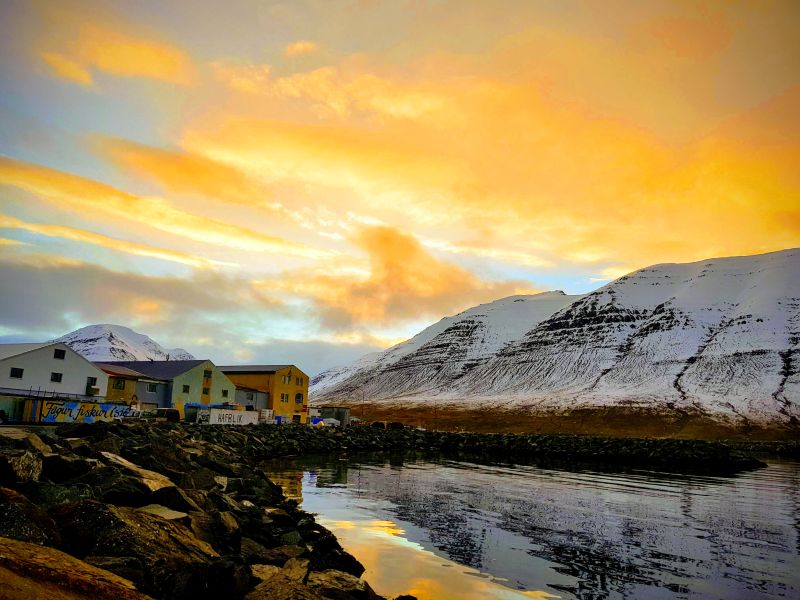
Bring a good water bottle. Our water is delicious. Every tap will bring you amazing water from local water sources. They can be from underground springs or the top of the mountains. Make your visit to Iceland a water-tasting adventure. 😉

